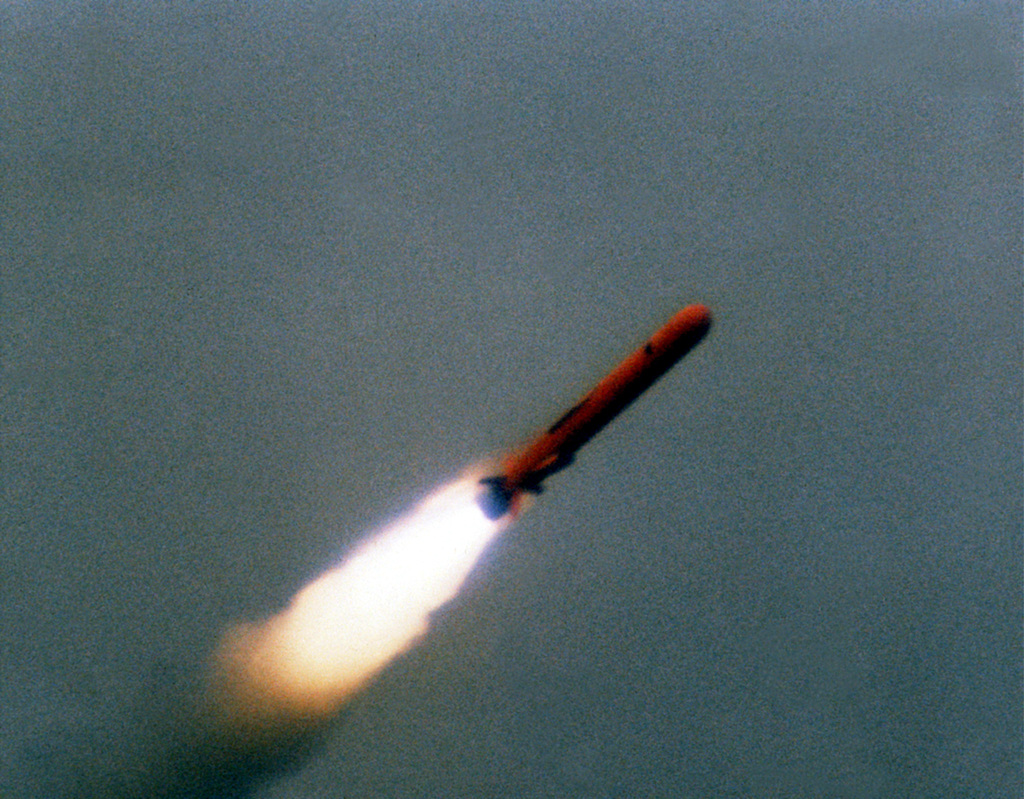
In a recent development, Rob Phillips, the spokesperson for the US Pacific Army, has unveiled a strategic plan to station medium-range surface-to-air missiles in the Indo-Pacific region by the forthcoming year. The primary objective of this strategic move is to bolster the US’s deterrence capabilities vis-à-vis China.
The missile arsenal for this deployment is likely to include Tomahawk and Standard-6 [SM-6] surface-to-air missiles, with an operational range extending from 500 kilometers to an impressive 2,700 kilometers.
China perceives this potential deployment as a hostile gesture. The Chinese media platform, Sohu, cautions that a substantial US missile deployment targeted at China could emit a perilously intimidating signal.
Sohu has remarked, “In light of China’s recent advancements across various sectors, the United States has been striving to curb China’s rise through multiple means, leading to provocations such as the navigation of warships and aircraft within China’s territorial waters.”
The Taiwan Strait and Taiwan are the focal points of the ongoing tension between China and the US. Over time, the US has channeled extensive weapons supplies to Taipei, an action that Beijing vehemently opposes. Beijing views these shipments as a violation of “China’s red line.”
Despite Beijing’s interpretation of this proposed missile deployment against China as a “calculated move,” it remains doubtful about Washington securing regional support. Chinese experts anticipate that Japan, despite its alliance with Washington, would resist such a move.
Chinese analysts opine that Japan, which regards the US military presence as a security blanket, might view the missile deployment as an act of “over-defense.”
A senior researcher at the Carnegie Endowment suggests that Guam is likely to be the initial site for missile deployment. Contrary to the Chinese viewpoint, Japanese analysts propose that Japan would favorably receive a missile deployment against China by Washington.
Neutral military experts suggest that in the event of a regional conflict, Japan could be China’s primary target due to the prospective missile deployment on Japanese territory.
The Philippines could potentially play a significant role in the evolving situation. However, China’s Sohu suggests that despite their pro-US stance and consistent pressure on China, the Philippines might be reluctant to involve itself in a major power conflict. Furthermore, missile deployment in the Asia-Pacific region may not be advantageous for the Philippines.
BulgarianMilitary.com has pointed out that the United States had previously identified the Philippines as a regional “missile depot”. Given the information disclosed in March, Japan and Taiwan might assume similar roles.
Should tensions rise to the point of open conflict, the Philippines could potentially align closely with the US. China acknowledges this possibility, forecasting it could lead to a “diminution of Philippine sovereignty”.
The emergence of the “critical moment” is crucial as the alliance between Japan, the Philippines, and the US is not unequivocally robust. Ultimately, geopolitical relationships are contingent on interests, a fact that is particularly apparent in the context of the United States, Japan, the Philippines, and other nations.




